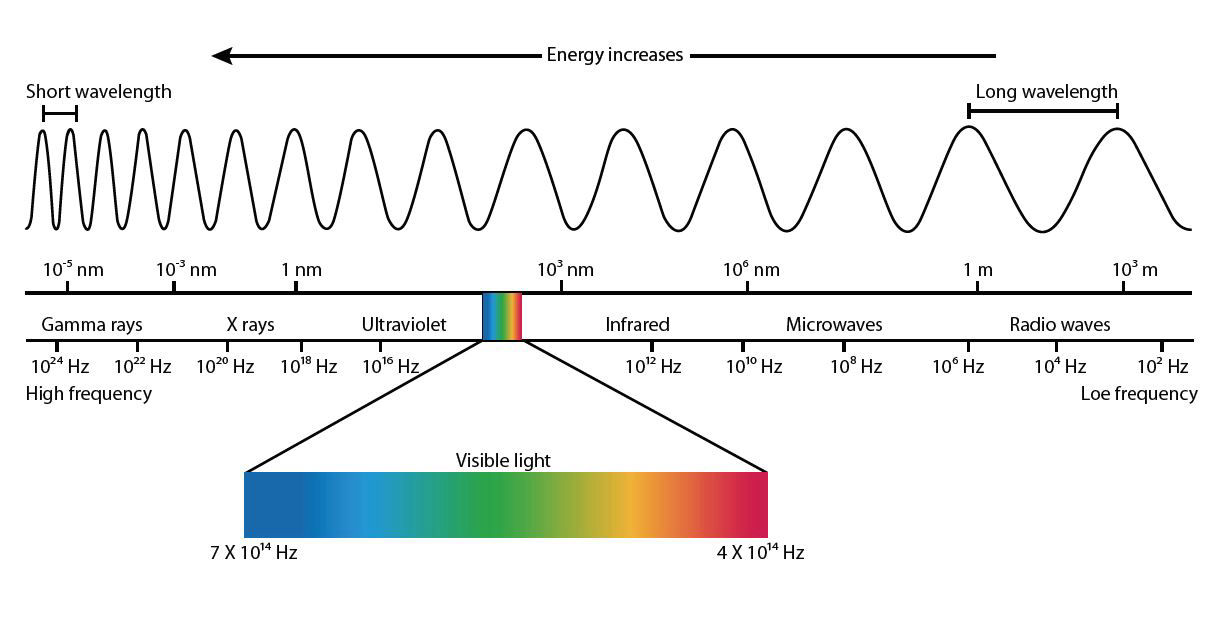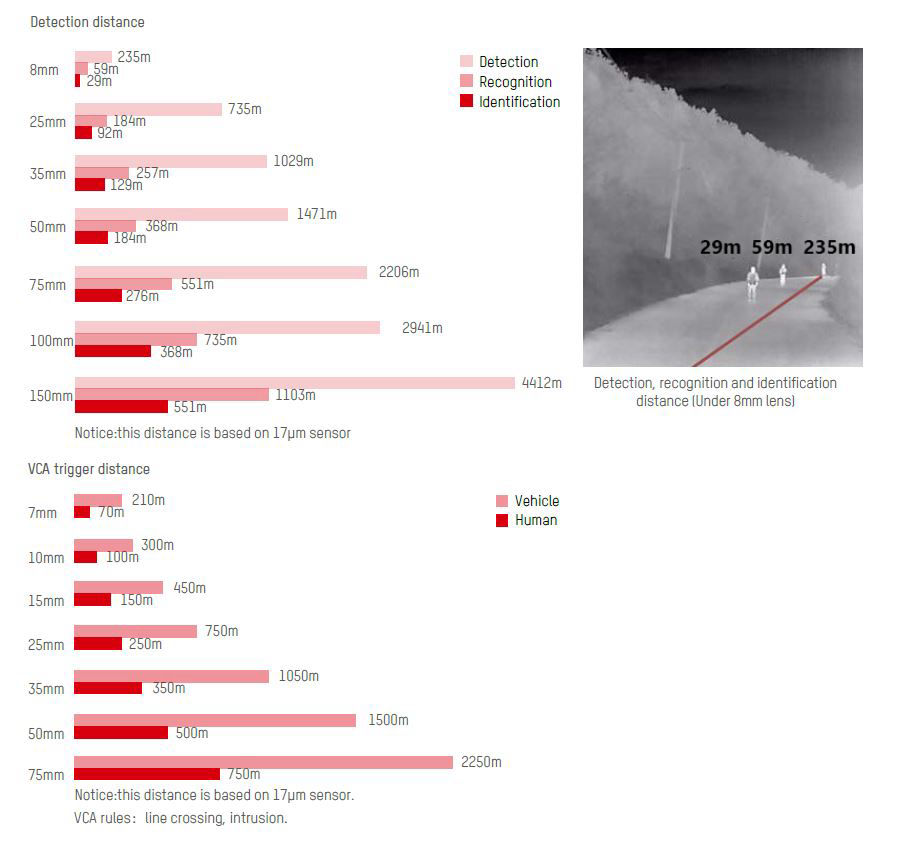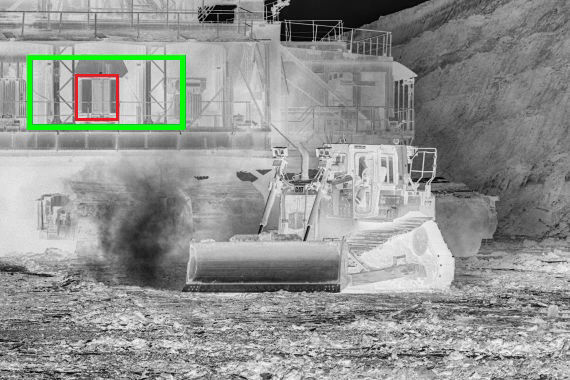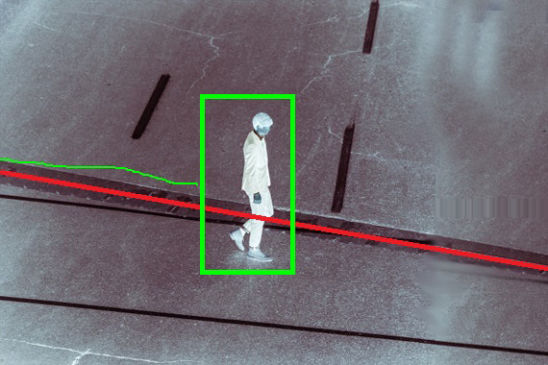PROBE offers thermal deep learning bullet cameras, which will bring enhanced capabilities to perimeter security, including advanced fire detection technology. The new cameras are very cost-effective, with not only deep learning algorithms but also a built-in GPU processors to support updated algorithms in the future.
Based on deep learning algorithms, PROBE’s thermal deep learning bullet cameras deliver powerful and accurate behavior analysis, including detection's such as line crossing, intrusion, region entrance and exit. The intelligent human/vehicle detection feature helps reduce false alarms caused by animals, camera shake, falling leaves, or other irrelevant objects, significantly improving alarm accuracy.
In addition, PROBE’s thermal deep learning bullet cameras are equipped with a built-in GPU chips with advanced imaging processing technology, which can create the best thermal imaging results. The high-performance GPU can support updates with more complex algorithms with larger data samples in the future to further improve the intelligent effect of Video Content Analytics (VCA).
PROBE’s thermal deep learning bullet cameras can be used in a broad range of perimeter security and fire prevention solutions, specifically in industry scenarios like power stations, airports, mines and farms. The new single-screw bracket for the cameras is designed with installers in mind, too. Its small size and neat, stable design makes it convenient to install and adjust the angle freely, either by wall, ceiling or stand mounting
Currently, the PB-T384DV-B and PB-T640DV-B series thermal deep learning bullet cameras are available








